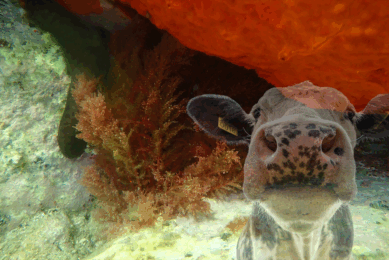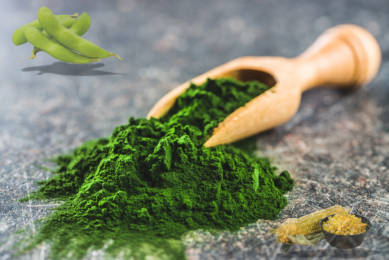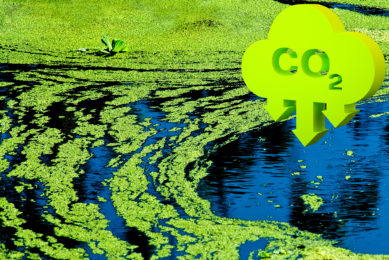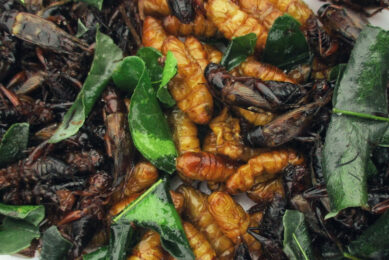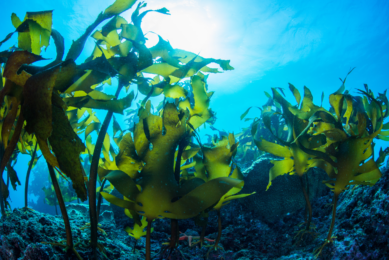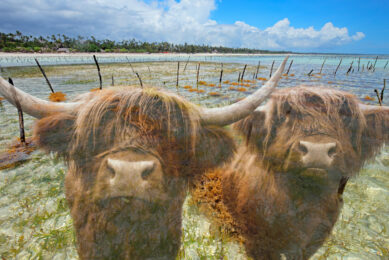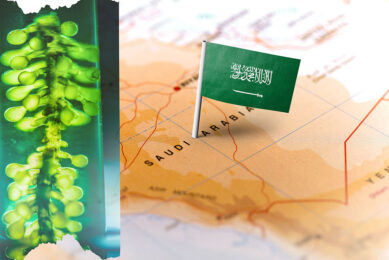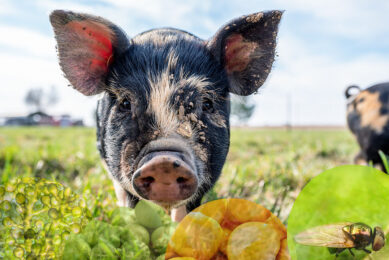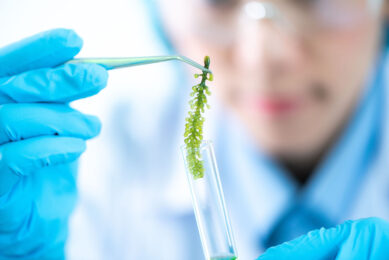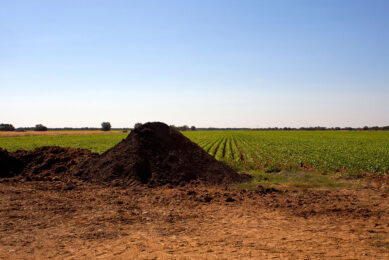Back to the New proteins overview page >
The application of algae in animal feed seems promising, since many algae species have a high protein content and they could help global agriculture meet its sustainability goals. For instance, there was research done to see if using seaweed in cows’ feed can reduce emissions. And there is also evidence that algae in the form of feed additives can support the immune function of the animal, which contributes to the reduction of antibiotics use.


